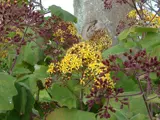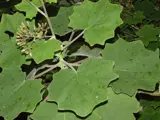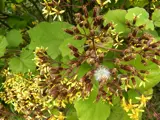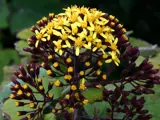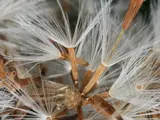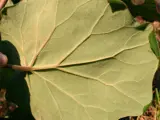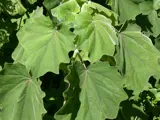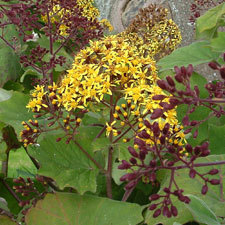 Velvet groundsel
Velvet groundsel
Common name: Velvet groundsel
Botanical name: Roldana petasitis
Management programme: Advisory
Originally from Mexico and was introduced to New Zealand in 1985.
Why is it a pest?
- Forms dense cover and they can layer where stems touch the ground to form new plants.
- The dense foliage shades and crowds out native plants.
- Has a very fast growth rate, giving it the advantage of outcompeting surrounding native species from establishing.
- Is a prolific seed producer with the seeds being dispersed by wind. Can also establish from stem fragments Spreads in open areas.
Where is it found?
Found throughout the Bay of Plenty in forest margins, bush edges, gardens, wetlands, roadsides. It prefers semi-shade.
What does it look like?
- Large woody perennial shrub up to 2m tall with the stems often being reddish in colour and coated with hairs.
- Leaves are large, roughly toothed and oval also with hairs which gives them a velvety feel.
- Has bunches of small yellow daisy-like flowers (July to November) followed by puffy white seeds.
What are the rules?
Advisory
The Bay of Plenty Regional Council does not enforce the control of advisory species. It is landowner/occupier responsibility to manage these pests. Council may provide advice on how to manage or control these species if required.
How do you get rid of it?
- Pull out plants when not in seed.
- Cut and stump treat larger plants with herbicide. Dispose of all plant material to general waste at a refuse station.
- Spray seedlings with herbicide.
Check after six months for any reseeding.
CAUTION: When using any herbicide or pesticide, PLEASE READ THE LABEL THOROUGHLY to ensure that all instructions and directions for the purchase, use and storage of the product, are followed and adhered to.
Read more on pest control advice, information and regulations.
Images

